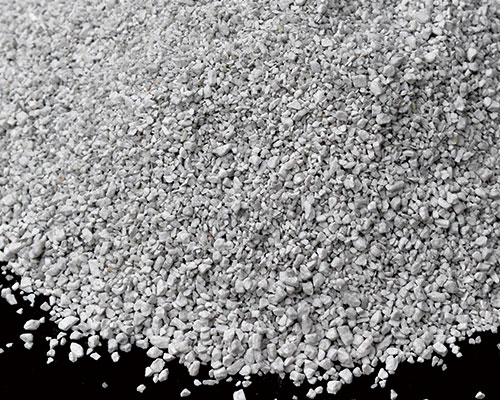High efficient flux purification is conducive to the improvement of production efficiency and the control of production costs, and has always been the focus of the industry. With the increasingly fierce market competition, efficient refining flux will undoubtedly be favored by aluminum processing enterprises.
The molten salts used in the flux configuration are all non-metallic salts, which are the object of aluminum melt purification and slag removal. In order to avoid secondary slagging of the flux itself, the amount of flux must be minimized, which requires improving the efficiency of flux purification, and All components are easily separated from the aluminum melt after the effect of the flux is completed. The amount of flux produced according to the current domestic flux product standards is usually 2Kg/ton aluminum, which is almost 400% of the consumption of similar foreign products. Excessive flux usage indicates the low efficiency of the flux. The basic method of configuration to improve flux efficiency is still accurate configuration based on phase diagram analysis and calculation, accurately grasp the slag-gas interaction mechanism in the aluminum melt, and fully consider the effect of flux on the removal of Na, Li, and Ca alkali metals.
The target of high efficient flux for the purification of aluminum melt must be concentrated. The target of slagging is mainly the small dispersed slag in the aluminum melt. The slagging and degassing are focused on slagging. The target for removing alkali metals and alkaline earth metals is concentrated in Na, Li, Ca. Excessively dispersed purification targets will hinder the working efficiency of the flux. The large-sized slag in the aluminum melt has no effect on the air content of the aluminum melt, and it can be easily removed by physical means such as slag removal and filtration. It does not need to be used as a flux configuration. Removal objects to be considered; other alkali metals and alkaline earth metals other than Na, Li, and Ca have a very low probability of appearing in the aluminum melt, and the flux configuration under normal circumstances does not need to be considered.
As we all know, the flux is introduced into the molten aluminum through the carrier to achieve the function of purifying the melt. After the flux has fully acted on the melt, it needs to be allowed to stand for a period of time to float to the surface of the molten aluminum and then go out. However, no flux can guarantee absolute release from the melt. The more flux is used, the more flux will remain. Industry requires as much as possible to reduce the amount of residual flux in the melt. The high-efficiency flux is an effective way to achieve the purpose of high-efficiency melt purification with a relatively small amount of flux. Therefore, high efficiency is an important aspect of evaluating the quality of the flux. The quality of the established melt is the goal and the use of the flux under the same process conditions, the smaller the amount, the higher the quality of the flux.

